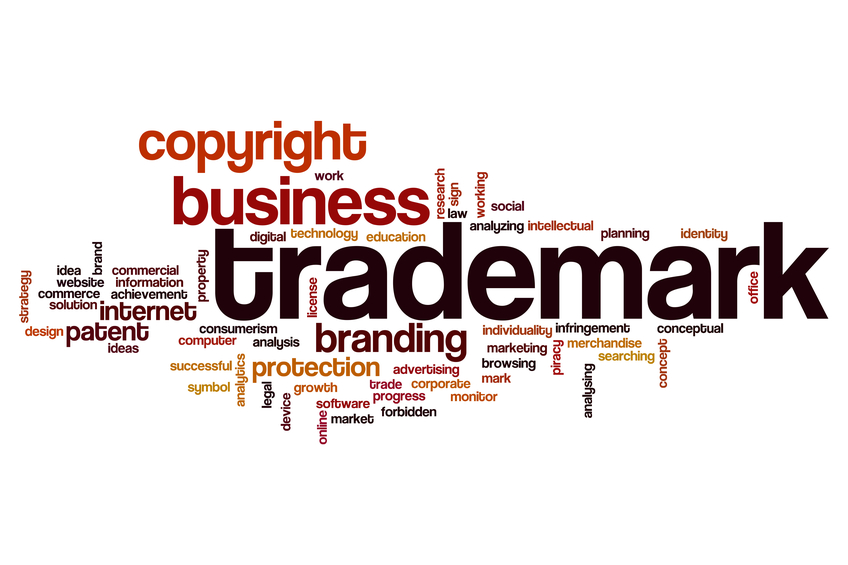In the modern creative economy, protecting your intellectual property (IP) is just as crucial as honing your craft. Copyrights and trademarks play key roles in safeguarding your creations and building a recognizable brand. But many creatives struggle to understand the differences between these two concepts and how they can use them effectively to monetize their work. This article unpacks the distinctions between copyrights and trademarks, navigating them, explores their importance, and provides practical insights on how creatives can use them to secure opportunities, protect their brand, and boost income.
Copyright vs. Trademark: What’s the Difference?
- Copyright
Copyright protects original works of authorship, such as music, artwork, literature, films, and software. It grants the creator exclusive rights to reproduce, distribute, and publicly display or perform the work. Copyrights arise automatically the moment a creative work is completed and fixed in a tangible medium, although formal registration strengthens the legal claim.
Examples of Copyrighted Works:
- Paintings, photographs, and sculptures
- Books, blogs, and screenplays
- Songs, podcasts, and films
- Computer programs and applications
Duration: Copyright generally lasts the lifetime of the creator plus 70 years after their death (for individual works). In the case of corporate works, it usually extends for 95 years from publication.
- Trademark
A trademark protects brand identifiers like names, logos, slogans, or symbols associated with products or services. Trademarks help distinguish a business or individual’s offerings from competitors and build brand recognition. Unlike copyrights, trademarks don’t arise automatically—they require registration for legal enforcement.
Examples of Trademarks:
- Brand names like “Nike” or “Apple”
- Logos like the McDonald’s golden arches
- Slogans like “Just Do It”
Duration: A trademark can last indefinitely, provided it is actively used and renewed periodically (typically every 10 years).
Why Copyrights and Trademarks Are Important for Creatives
Understanding and leveraging copyrights and trademarks allows creatives to:
- Protect Original Work
Copyright ensures your creations are protected from unauthorized use, giving you the exclusive right to monetize and control how your work is distributed. - Build a Recognizable Brand
Trademarks help establish a consistent brand identity, making your work more identifiable and trustworthy to clients, fans, and collaborators. - Monetize Your Creations
With proper copyright protection, you can license your work to third parties for royalties, turning your creativity into a revenue stream. Similarly, building a brand with registered trademarks can help you create merchandise or attract partnerships. - Gain Legal Protection
Both copyrights and trademarks provide the legal backing to prevent unauthorized use. This allows you to enforce your rights and seek compensation if someone infringes on your work or brand identity.
Use Cases of Copyrights and Trademarks for Creatives
- Visual Artists: Copyright protects their artwork from being reproduced without permission. If they create a distinctive brand, they can trademark their signature style or name.
- Musicians: They own the copyrights to their original compositions and recordings, which they can license for streaming, film, or advertisements. Band names or artist names can be trademarked to protect their brand.
- Writers and Content Creators: Copyright ensures exclusive rights to written content such as books, scripts, or articles. Authors can also trademark a book series name or tagline to enhance brand value.
- Fashion Designers: While individual clothing designs may not be copyrighted, designers can trademark brand logos or unique collections to differentiate their work from others.
Best Practices for Creatives Using Copyrights and Trademarks
- Document Your Work: Keep records of your original work to prove ownership if needed.
- Use Copyright Notices: Clearly display copyright notices on your website, portfolio, and products to discourage infringement.
- Register Early: Trademark registration can take time. Start the process early to protect your brand identity as it grows.
- Monitor for Infringement: Regularly check for unauthorized use of your copyrighted work or trademarked brand elements.
- Consider Licensing Agreements: Licensing is a great way to generate passive income. Explore licensing options for both copyrighted works and trademarked merchandise.
Conclusion: Protect Your Work, Grow Your Brand, and Monetize with Confidence
For creatives, understanding the power of copyrights and trademarks is crucial. Copyrights ensure your creative output is protected from misuse, while trademarks strengthen your brand identity and make your work stand out in a competitive market. As part of the creatives navigating the world of IP (Copyrights and trademark) with knowledge and intention, you can maximize the value of your creations, build a sustainable brand, and confidently pursue opportunities that align with your artistic goals. Creative Money provides you access to IP attorneys who can help you get started. Contact us to get started.


